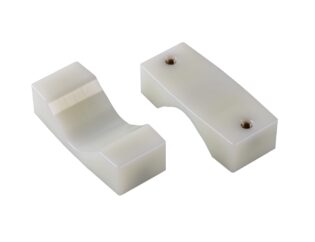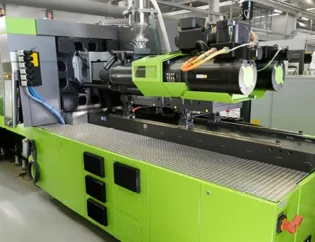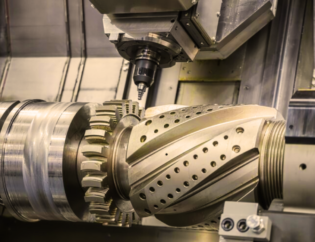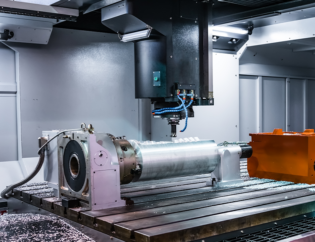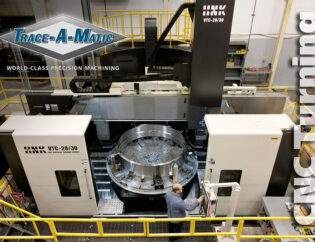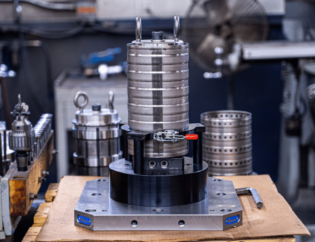CNC router wood cutting has revolutionized the woodworking industry, offering precision and efficiency that traditional methods cannot match. This technology empowers both hobbyists and professionals to create intricate designs and high-quality products with ease. Understanding CNC routers is essential for anyone looking to enhance their woodworking skills or start a new project.
In this guide, readers will explore the fundamentals of CNC routers, including their components, operation, and software. We will delve into the various types of wood suitable for CNC cutting and the techniques that yield the best results. By the end, you will be equipped with the knowledge to confidently tackle your own CNC wood cutting projects.
The Complete Guide to CNC Routers for Wood Cutting
CNC wood cutting has revolutionized the woodworking industry, making it possible to create intricate designs with incredible precision and efficiency. Whether you are a hobbyist or a professional, understanding the intricacies of CNC wood cutting is essential for producing high-quality results. In this comprehensive guide, we will explore everything you need to know about CNC wood cutting, from the basics to advanced techniques.
Understanding CNC Routers
CNC routers are computer-controlled cutting machines that can carve, engrave, and shape materials with high precision. They are widely used in woodworking for creating detailed designs, furniture, cabinetry, and more. The automation provided by CNC routers allows for consistent results and reduces the time required for manual labor.
Technical Features of CNC Routers
When selecting a CNC router, it’s essential to consider various technical features that impact performance and usability. Below is a comparison table highlighting key technical specifications of popular CNC routers:
| Feature | BobsCNC Evo 4 | Carbide 3D Shapeoko 4 | Genmitsu CNC Router 3018 | FoxAlien CNC Router 4040-XE |
|---|---|---|---|---|
| Spindle Power | 500W | 750W | 300W | 300W |
| Cutting Area | 610mm x 610mm x 85mm | 17.5″ x 17.5″ x 4″ | 300mm x 180mm x 45mm | 400mm x 400mm x 75mm |
| Accuracy | 0.002″ to 0.004″ | 0.005″ | 0.1mm | 0.1mm |
| Assembly Time | 1 day | 4 hours | 1-2 hours | 30 minutes |
| Material Compatibility | Wood, Plastics, Soft Metals | Wood, Plastics, Soft Metals | Wood, Plastics | Wood, Acrylic, MDF, PVC |
Types of CNC Routers
CNC routers come in various types, each designed for specific applications and user needs. Below is a comparison table of different types of CNC routers:
| Type | Description | Ideal For |
|---|---|---|
| Entry-Level Routers | Affordable, user-friendly machines suitable for beginners. | Hobbyists and DIY projects |
| Professional Routers | High-performance machines with advanced features for commercial use. | Small businesses and workshops |
| Multifunctional Routers | Machines that can perform multiple tasks, including 3D printing and laser engraving. | Versatile projects and makers |
| Heavy-Duty Routers | Robust machines designed for industrial applications and large-scale projects. | Professional woodworkers |
Advantages of CNC Routers for Wood Cutting
CNC routers offer numerous advantages over traditional woodworking methods. They provide high precision, allowing for intricate designs and consistent results. The efficiency of CNC routers reduces production time, making them ideal for both small and large-scale projects. Additionally, CNC routers can handle a variety of materials, including hardwoods, softwoods, and engineered woods.
Choosing the Right CNC Router
When selecting a CNC router, consider the following factors:
- Project Requirements: Determine the types of projects you will undertake and the materials you will use.
- Budget: CNC routers vary in price, so establish a budget that aligns with your needs.
- Space: Ensure you have adequate space in your workshop for the machine and its operation.
- Ease of Use: Look for routers with user-friendly software and good customer support.
Maintenance and Care
Proper maintenance is crucial for the longevity and performance of your CNC router. Regularly clean the machine to remove dust and debris, lubricate moving parts, and check for any signs of wear. Following the manufacturer’s guidelines for maintenance will help ensure optimal performance and prevent costly repairs.
Conclusion
CNC routers have transformed the woodworking industry, providing unmatched precision and efficiency. Whether you are a hobbyist or a professional, understanding the features and types of CNC routers will help you make an informed decision. With the right machine, you can elevate your woodworking projects to new heights.
FAQs
1. What is a CNC router?
A CNC router is a computer-controlled cutting machine that can carve, engrave, and shape materials with high precision, making it ideal for woodworking.
2. How do I choose the right CNC router for my needs?
Consider your project requirements, budget, available space, and the ease of use of the machine when selecting a CNC router.
3. What materials can I use with a CNC router?
CNC routers can work with various materials, including wood, plastics, MDF, and some metals, depending on the machine’s specifications.
4. How often should I maintain my CNC router?
Regular maintenance is essential; clean the machine after each use, lubricate moving parts, and inspect for wear periodically.
5. Can I use a CNC router for intricate designs?
Yes, CNC routers are designed for high precision, making them perfect for creating intricate designs and detailed carvings in wood.

